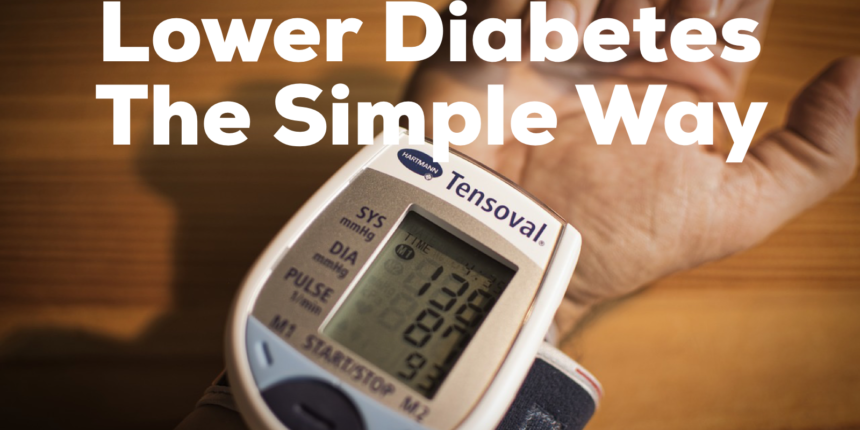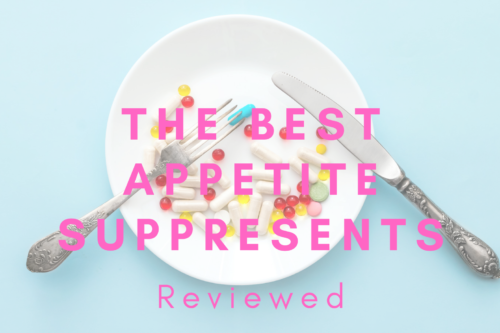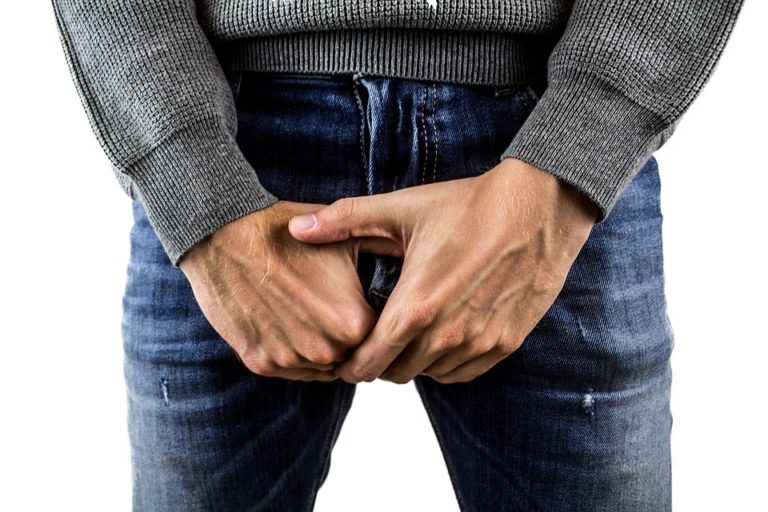The American medical community has not fared well in its battle against the rising rates of high blood pressure and type 2 diabetes in the country. The Centers for Disease Control reports that one in three Americans are now living with elevated blood pressure levels. Additionally, 100 million individuals in the country suffer from diabetes or are prediabetic. Both of these conditions are strong predictors of cardiovascular disease. Recently, information from the research community suggests that adding fiber to your diet can decrease the risk of developing these conditions.
The Study Findings
Two hundred study participants aged 50 or over who tested positive for both diabetes and hypertension had their fiber consumption tracked by researchers. A diet was prescribed for each participant that included detailed instructions regarding food choices and portion sizes.
Dr. Rohit Kapoor, the lead author of the study, explained he possesses years of experience observing atherosclerosis and obesity in patients who suffer from diabetes and high blood pressure. Kapoor explains the objective of the current study was to examine how a high-fiber diet could help patients reduce the risk of cardiovascular disease.
Study participants consumed up to 1500 calories each day. Participants were instructed to eat 38 grams of fiber a day, which represents a 25 percent increase over the recommended daily allowance.
Participants showed marked improvements in several categories after six months of eating a high-fiber diet:
- Average fasting blood sugar reduced by 28 percent.
- Average systolic blood pressure reduced by 15 percent.
- Average triglyceride levels reduced by 23 percent.
- Average serum cholesterol levels decreased by nine percent.
Kapoor called the results amazing and said they highlight why dietary counseling for patients is so important.
The Fiber Effect
High-fiber foods have been associated with the reduction of blood pressure, lower cholesterol levels, and better blood sugar metabolism since the 1970s.
It was believed at that time that fiber attached itself to harmful cholesterol in the intestines. This action was believed to cause harmful fats and some sugars to be eliminated from the body as waste. But it is now believed by most researchers that fiber feeds helpful gut bacteria. This gut bacteria is part of the system known as the microbiome which is important to maintaining good health.
The bacteria digest fiber to produce short-chain fatty acids. These fatty acids benefit the body by positively affecting lipid metabolism, cholesterol levels, blood sugar, and inflammation in the body.
The Types of Fiber
Fiber is a plant part that cannot be digested. Fiber can be soluble or insoluble.
Both fiber types are beneficial to weight management. Also, a diet high in fiber can decrease the risks of certain cancers.
Soluble fiber has proven effective at lowering levels of LDL cholesterol. This type of fiber also affects digestion and helps to control glucose levels in diabetics. The intake of soluble fiber can be increased by eating foods like peas, oats, and beans.
Insoluble fiber helps the body eliminate waste and prevents constipation. This fiber accelerates the movement of food through your digestive system and promotes regularity. Whole grain, vegetables, wheat bran, and the skins of fruit are all excellent sources of insoluble fiber.
Diets high in fiber make it more likely patients will maintain healthy body weight. This factor alone will improve the chances of avoiding chronic diseases. Fiber is also an essential component of gut health due to its ability to promote waste elimination and healthy gut bacteria.
Increasing Your Fiber Intake
The simplest way to ensure you satisfy your body's need for fiber is to eat plenty of fruits and vegetables. It is important to understand that the fiber is in the skins of these foods so they should be eaten unpeeled. Another important point to know is that you should also increase the amount of water you drink when you eat a high-fiber diet. Too much fiber and not enough water can cause constipation and stomach discomfort. Twenty-five to 30 grams daily is enough fiber for most people.
The foods that possess the highest fiber content include bran cereal, white beans, navy beans, and shredded wheat. Adding a couple of servings of these foods to your diet each day will put you well on your way to reaching your daily goals for fiber intake.
Final Thoughts
Current research shows that a diet high in fiber can facilitate a significant improvement in the health of people who are battling diabetes and hypertension. These results can be gained by eating as little as 25 percent more fiber than is suggested by the recommended daily allowance from the Food and Drug Administration.
Increased fiber intake can prove beneficial to everyone. The best sources for the fiber you need are fruits and vegetables.
















Leave a reply